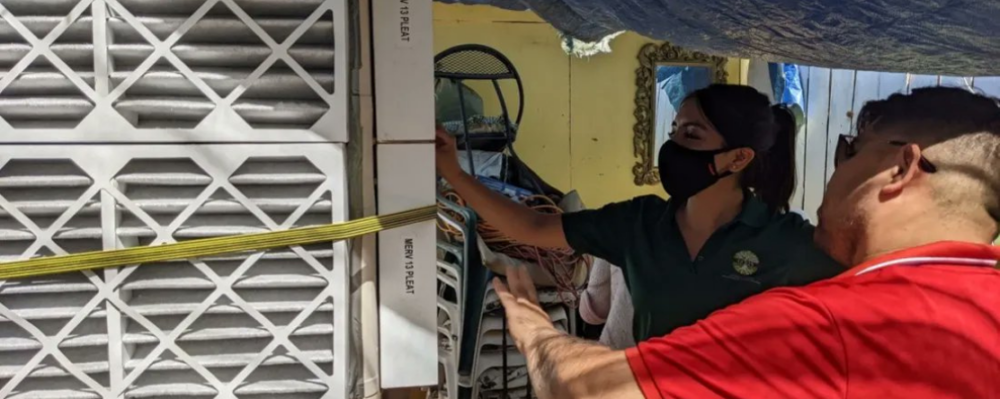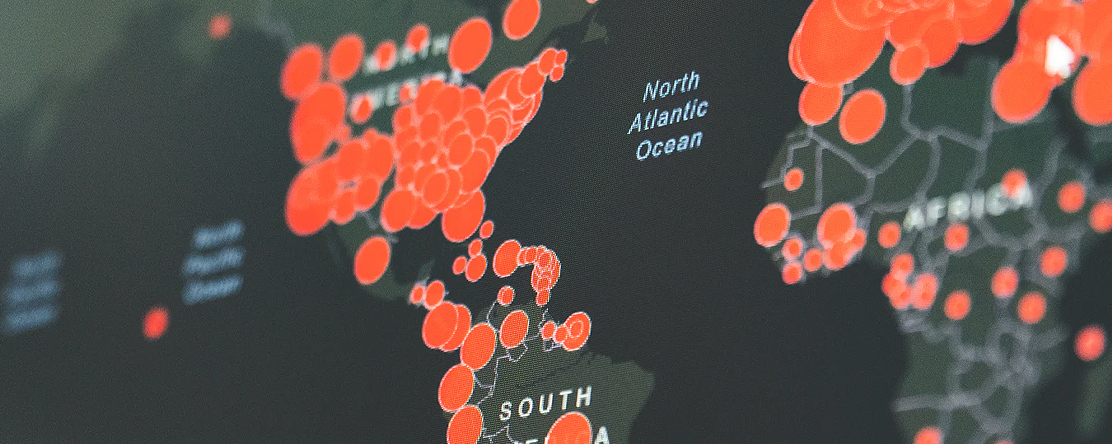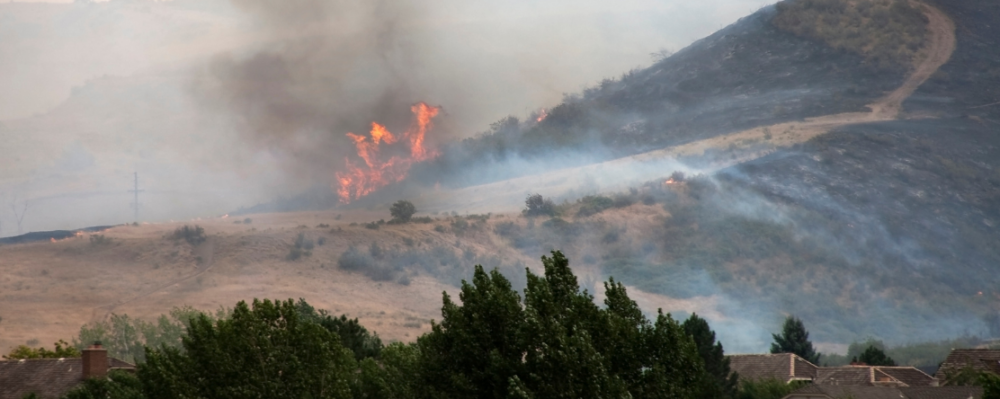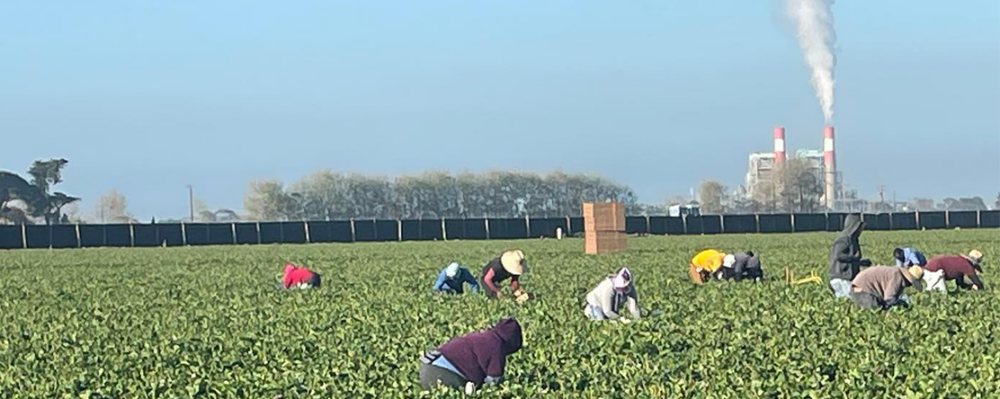
Tracking Environmental and Health Disparities to Strengthen Resilience Before the Next Crisis
- Catalina Garzón-Galvis, Maxwell J. Richardson
-
Focus Areas
Communicable Disease Prevention, Environmental Health, Global Health -
Programs
Tracking California -
Strategic Initiatives
COVID-19

COVID-19 has disproportionately affected low-income and communities of color. PHI’s Catalina Garzón-Galvis and Dr. Gina M. Solomon co-authored the article “Tracking Environmental and Health Disparities to Strengthen Resilience Before the Next Crisis,” published online in a special issue of the Environmental Justice Journal on Disparities in Times of a Pandemic or Epidemic, to highlight how environmental community-engaged data collection and reporting can help improve public health tracking to reduce health disparities and strengthen community resilience.
Abstract
The COVID-19 pandemic has underscored how underlying disparities in environmental and health conditions exacerbate vulnerability during public health emergencies in low-income and communities of color. Neglected epidemics—high rates of pollution, chronic disease, and racial and socioeconomic health disparities—have continued amid persistent systemic racism and declining investment in public health. Recognized too late due to shortcomings in public health data tracking, COVID-19 has surged through vulnerable communities. Improved public health tracking is critical for informing the country’s recovery from COVID-19, and it can be leveraged to measure and reduce health disparities and strengthen community resilience to respond more effectively to the next public health crisis. We emphasize how public health tracking agencies can engage communities in data collection and reporting; we also discuss the complementary role that communities can take to mobilize data to change policies and institutions, strengthening resilience through increased information and capacity-driven by community priorities. Success requires the continuous collection of timely data at a community scale, and public health agencies partnering with communities to use the information in decision making and evaluation to ensure progress over time. We highlight community-engaged data collection and reporting—community air monitoring in Imperial County, CA—as an example of working with communities to improve public health data collection and reporting, increase community dialogue and engagement in governmental decision making, and inform public health tracking to reduce health disparities and strengthen community resilience.
Originally published by Environmental Justice
Work With Us
You change the world. We do the rest. Explore fiscal sponsorship at PHI.
Support Us
Together, we can accelerate our response to public health’s most critical issues.
Find Employment
Begin your career at the Public Health Institute.


